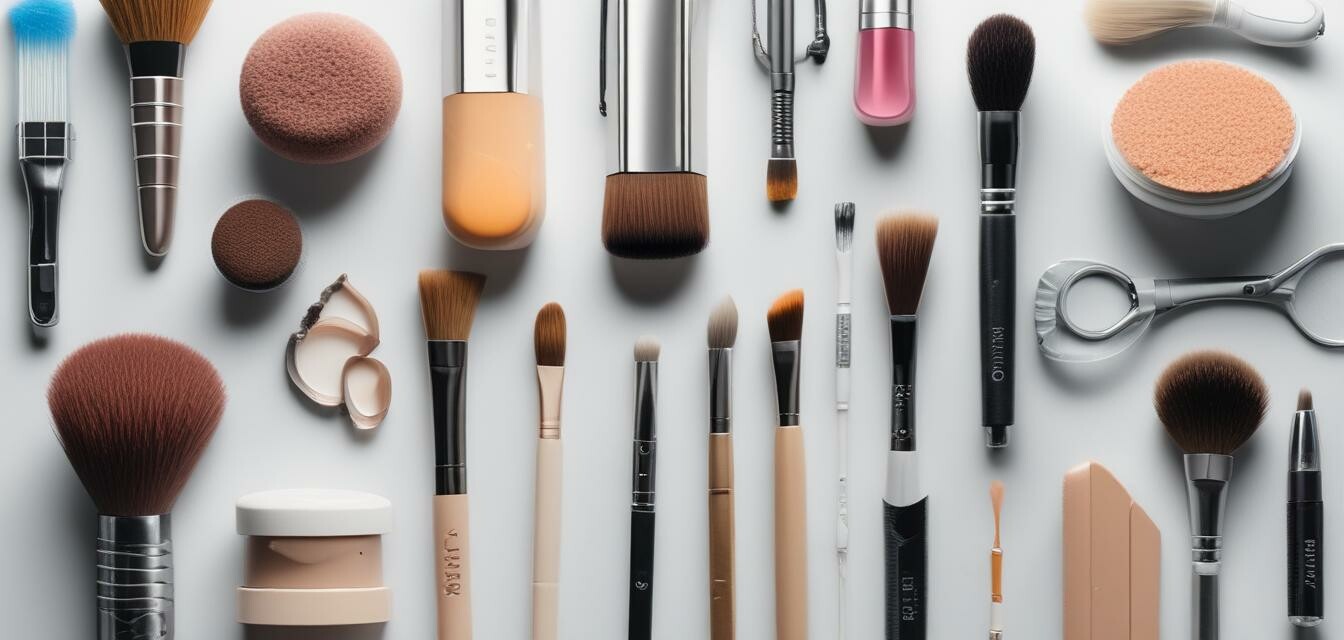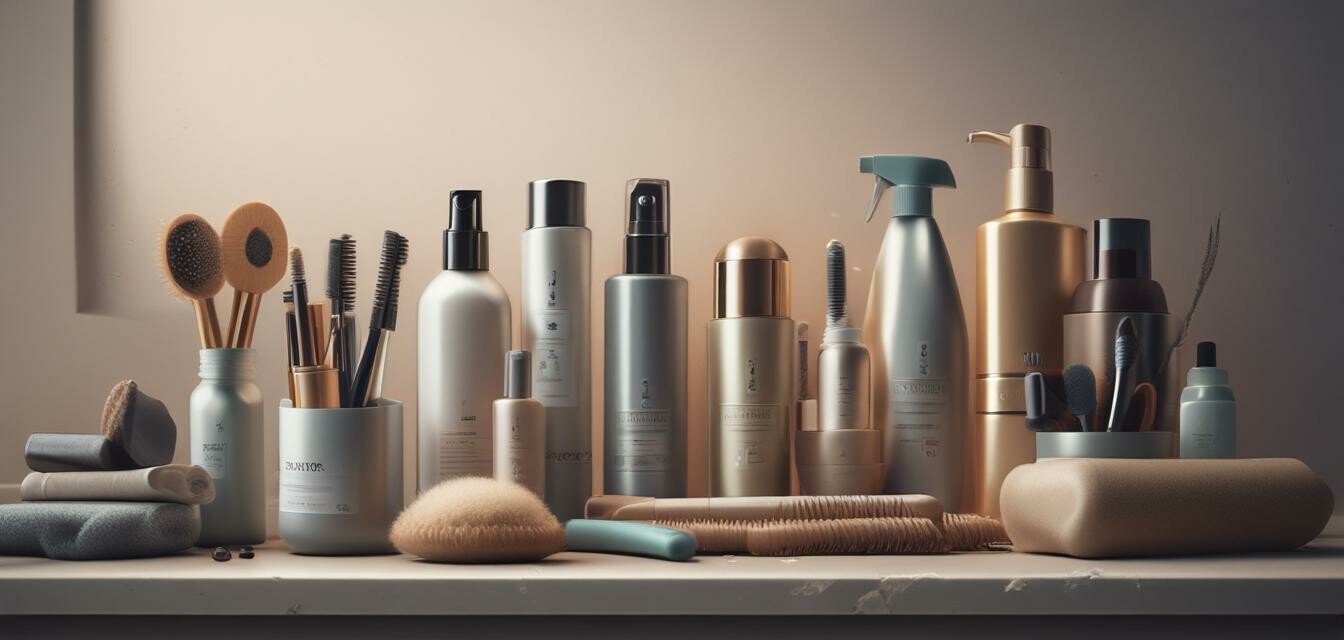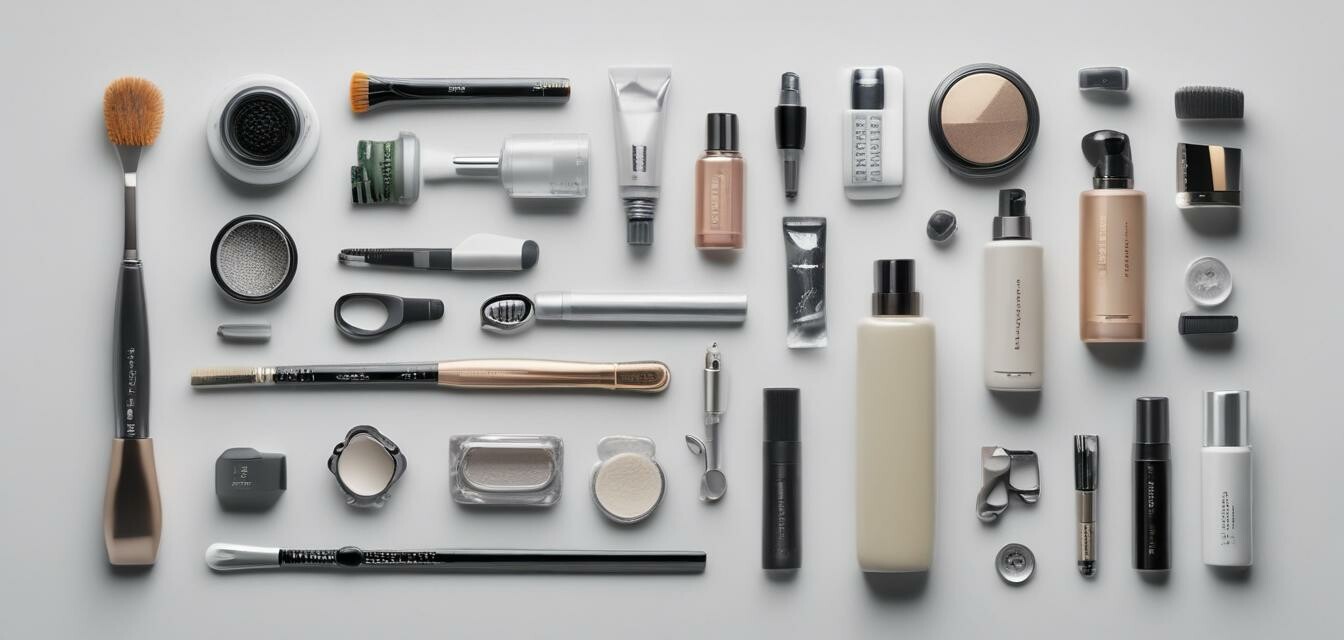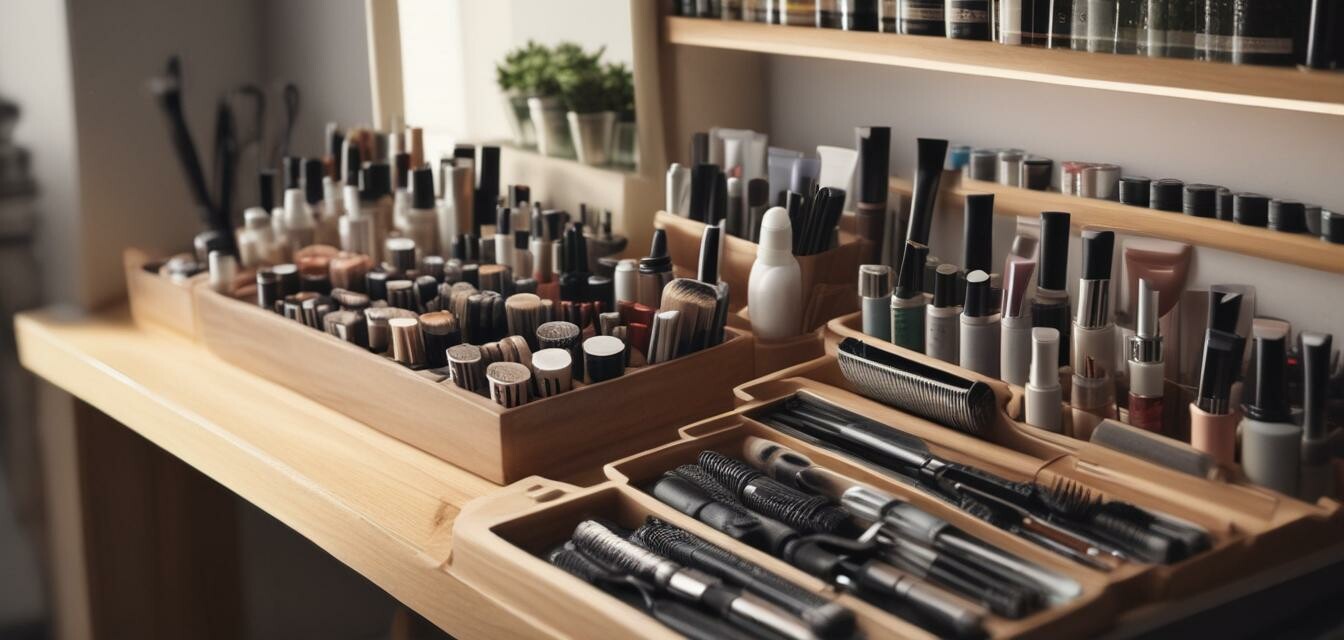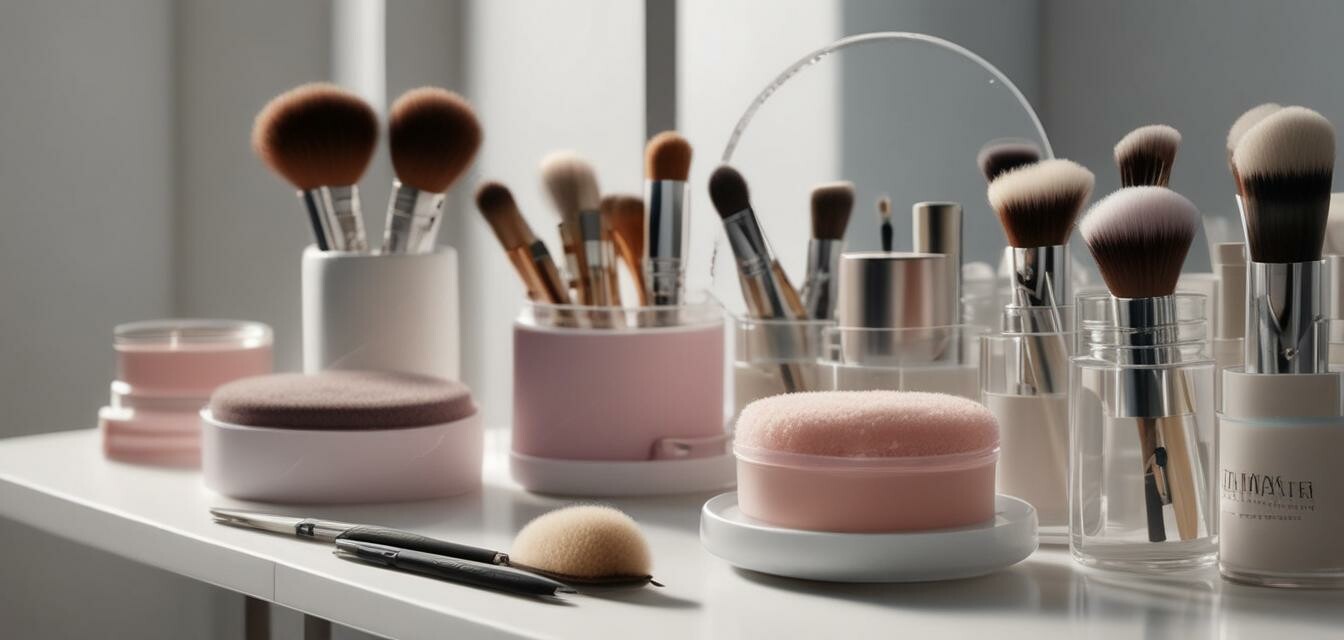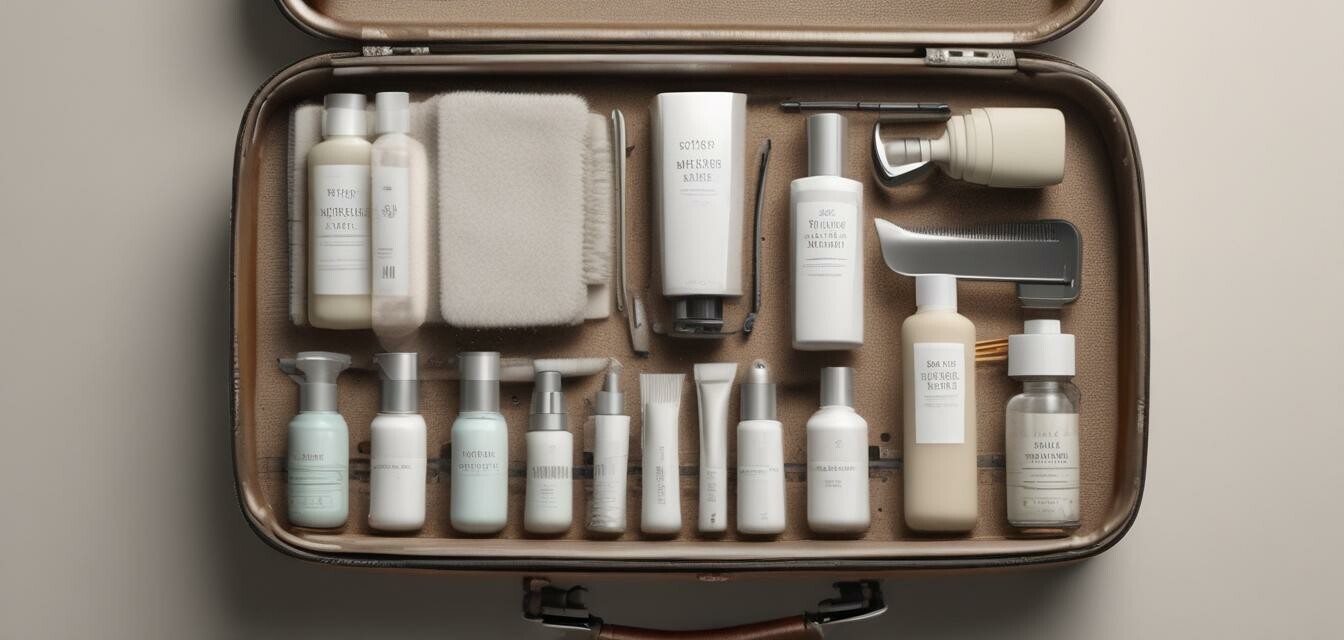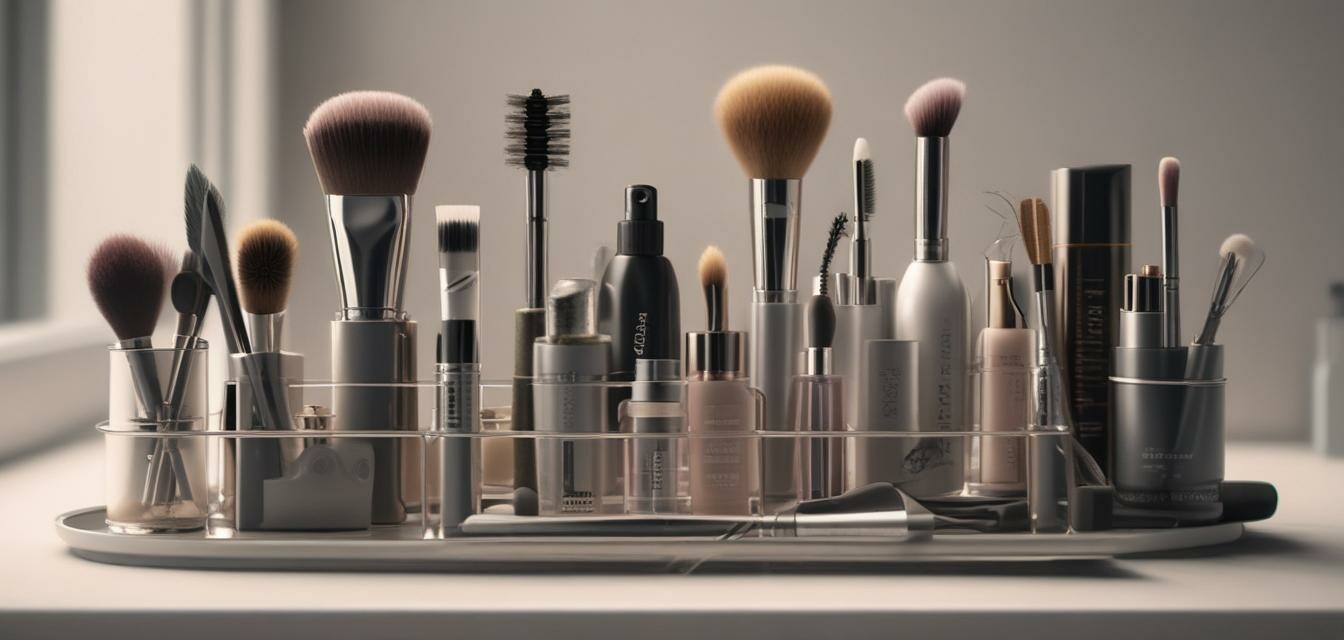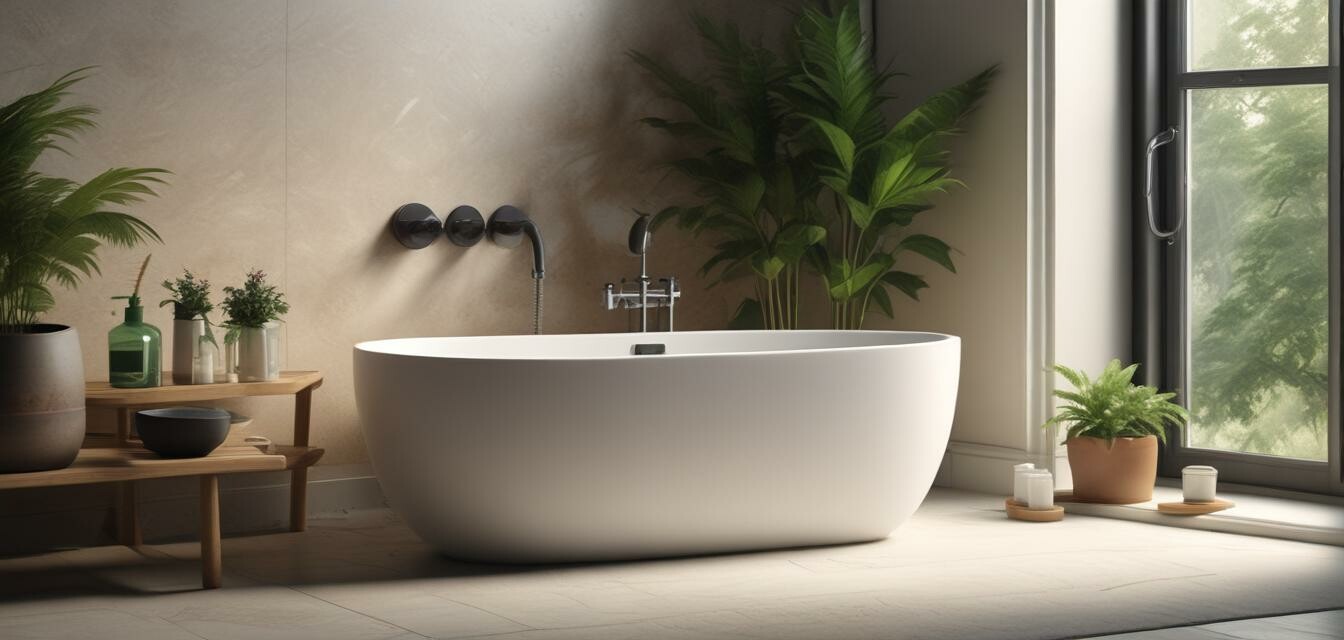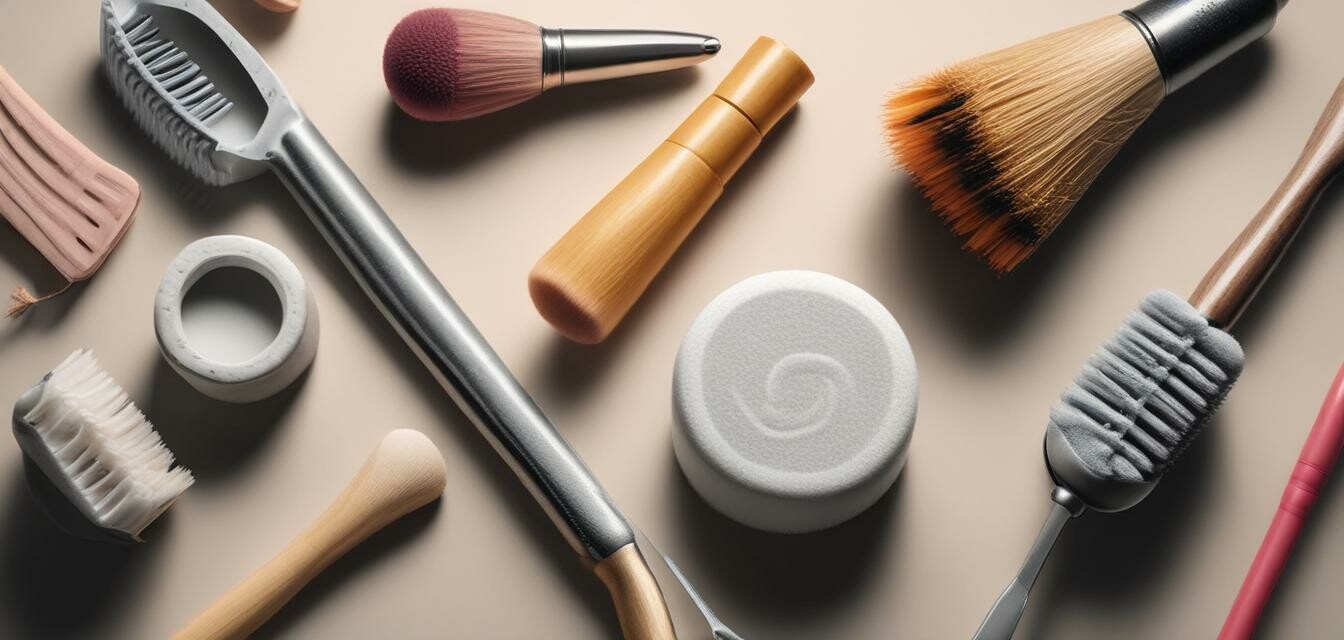
This article was generated using AI and is based on real customer reviews from the Amazon platform. It contains affiliate links, meaning we may earn a commission—at no extra cost to you. As Amazon Associates, we earn from qualifying purchases.
Understanding bacteria on beauty tools
Keeping your beauty tools clean is crucial not only for hygiene but also for maintaining healthy skin. In this article, we will explore the common types of bacteria that can be found on beauty tools, their risks, and effective cleaning methods. We will also provide tips to help you maintain the hygiene of your tools.
Key Takeaways
- Bacteria can thrive on unclean beauty tools, causing skin issues.
- Common bacteria include Staphylococcus, Pseudomonas, and E. coli.
- Regular cleaning and sterilization of tools can prevent the growth of harmful bacteria.
- Using the right cleaning products is essential for safe and effective hygiene.
Common bacteria found on beauty tools
Beauty tools such as makeup brushes, sponges, and facial tools can harbor various types of bacteria. Below we discuss some of the most common bacteria and their potential risks.
| Bacteria | Description | Potential Risks |
|---|---|---|
| Staphylococcus aureus | A type of bacteria commonly found on skin and in the environment. | Can cause skin infections, particularly if tools are used on broken skin. |
| Pseudomonas aeruginosa | A bacteria often found in water and soil, can thrive in moist environments. | Can lead to infections and has been associated with nail and skin disorders. |
| Escherichia coli (E. coli) | Bacteria often found in the intestines of humans and animals. | Can cause gastrointestinal infections if transferred to the mouth or face. |
| Candida albicans | A type of yeast found in the body, can proliferate on dirty tools. | Can lead to fungal infections if it enters through the skin. |
Risks associated with dirty beauty tools
Using unclean beauty tools can lead to an array of skin issues, including:
- Acne: Bacteria can clog pores, leading to breakouts.
- Skin Irritation: Dirt and bacteria can irritate the skin, causing redness.
- Infections: If tools are used on open wounds, they may introduce bacteria, causing infections.
- Allergic Reactions: Old makeup residue on tools can trigger allergies and sensitivities.
How to keep beauty tools clean
Maintaining hygiene is key to preventing bacterial growth. Here are some effective methods to clean your beauty tools:
- Routine Cleaning: Clean your tools after each use with soap and water or a gentle cleaner.
- Disinfection: Use disinfectants specifically designed for beauty tools to kill bacteria.
- Sterilization: Consider using cloth and towel sterilizers for thorough cleaning.
- Drying: Always air dry your tools after cleaning; avoid using closed containers.
Cleaning products for beauty tools
Choosing the right cleaning products can make a significant difference in the hygiene of your beauty tools. Below are types of products you can use:
| Product Type | Description | Usage |
|---|---|---|
| Brush Cleaners | Designed specifically for cleaning makeup brushes. | Use regularly to prevent buildup of makeup and bacteria. |
| Tool Sanitizers | Kill 99.9% of germs on tools. | Use after each makeup application for optimal hygiene. |
| Dish Soap | Gentle enough for everyday cleaning. | Effective for cleaning brushes when a dedicated cleaner is unavailable. |
| Alcohol Wipes | Convenient for on-the-go sanitization. | Quickly disinfect tools before and after use. |
Tips for beginners
Tips for Beginners
- Start Simple: Begin by cleaning just the essentials first.
- Set a Schedule: Make a habit of cleaning tools once a week.
- Invest in Quality Products: Use reputed brands for cleaning solutions.
- Don't Skip Sterilization: Regularly sterilize tools for maximum hygiene.
Conclusion
Understanding the common bacteria present on beauty tools and how they affect your skin is essential for maintaining health and hygiene. Regular cleaning, disinfecting, and using proper cleaning tools can help mitigate the risks of bacterial contamination. Taking care of your beauty tools not only improves your skincare routine but also contributes to healthier skin overall.
Pros
- Maintaining cleanliness can significantly reduce skin issues.
- Regular cleaning extends the life of your beauty tools.
- Increased confidence knowing your tools are sanitary.
Cons
- Cleaning tools regularly requires commitment.
- Overuse of harsh chemicals can degrade some materials.
Further Reading
For more information about keeping your beauty tools clean, explore our other guides:
